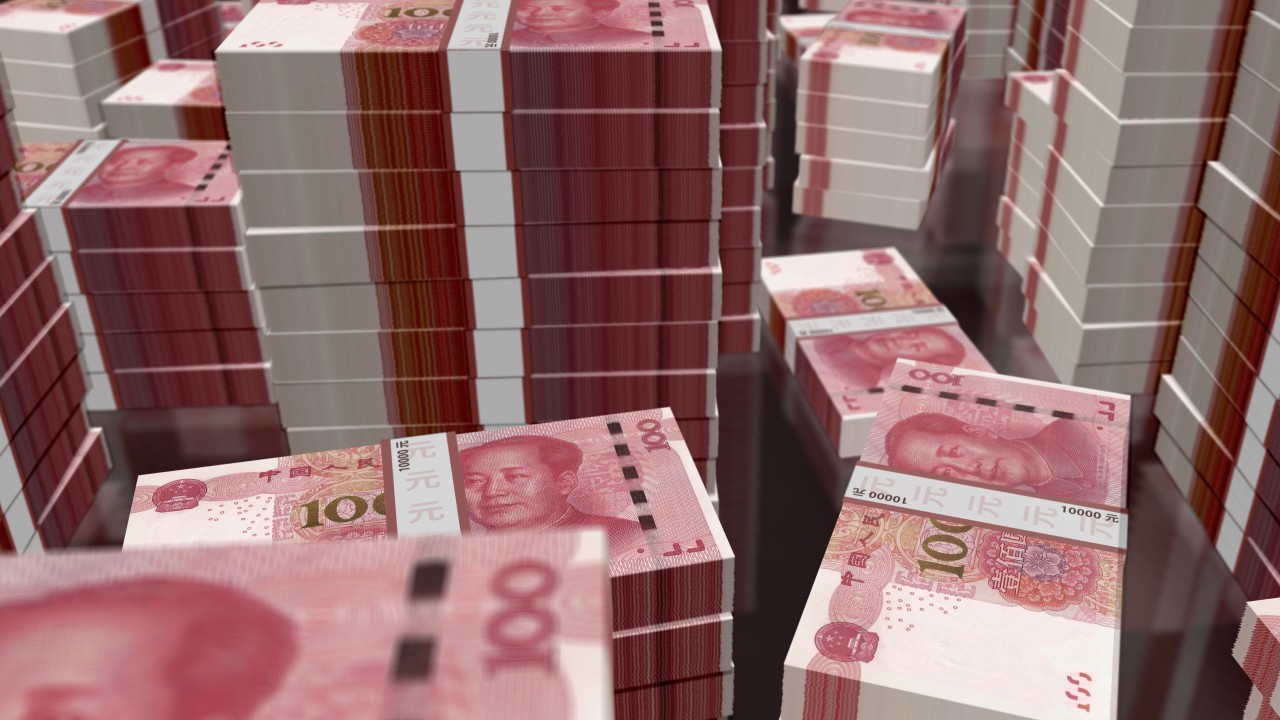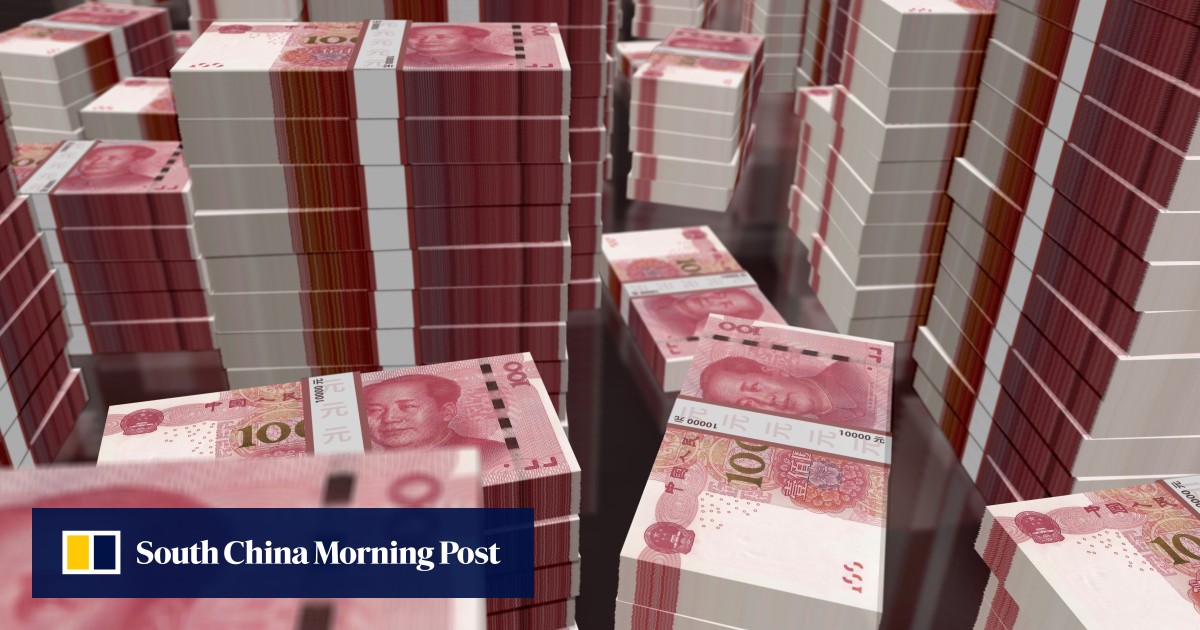
China’s trailing 12-month net capital outflows stood at US$139 billion as of May 2024, the worst year for the figure since the period from 2016 to 2017, said the French investment bank Natixis in a presentation on Tuesday.
Firms are reluctant to convert their US dollar holdings into yuan, pushing the currency’s foreign settlement ratio down to 60 per cent last month – the metric’s lowest level since 2017, per Natixis. While China’s outward foreign direct investment grew over the past year, foreign direct investment to the mainland stagnated.
The key takeaway is that Hong Kong’s role as an offshore yuan centre has been used to support the yuan
The yuan has dropped 2.3 per cent against the US dollar since the start of the year, and the People’s Bank of China – the country’s central bank – has in recent days been weakening its daily reference rate, 7.1248 today versus 7.1225 on Tuesday.
“There’s strong momentum supporting the yuan,” Ng said. “It’s hard to see where this money is coming from or where it goes; we don’t observe an [overall] increase in yuan deposits in Hong Kong. At the same time, remittances of yuan from Hong Kong to the mainland have grown massively. I think the key takeaway is that Hong Kong’s role as an offshore yuan centre has been used to support the yuan.”
Monthly yuan remittances from Hong Kong to mainland China amounted to US$1.28 trillion in April 2024, surging 117 per cent from US$588 billion in September 2023, Ng estimated.
Huang Yiping, dean of Peking University’s National School of Development, said at a forum in Shanghai last week that Hong Kong’s role as an international financial centre makes it an apt platform to help the yuan go global. This is all the more vital as Shanghai, he added, has yet to become a fully fledged hub amid elevated risk controls from Beijing.
“Shanghai still faces hurdles in capital accounts and other trading restrictions, for now, but China also has Hong Kong,” Huang said.
As Hong Kong has played an essential role linking the mainland to the rest of the world during China’s era of opening up, Huang said the city is now in a position to do more.
“If Hong Kong’s function [as the world’s largest yuan trading hub] can be consolidated, it can help China project its economic strength to the global market. The city can also channel international investors and capital to the mainland economy,” he said.
In May, the Chinese currency retained its position as the fourth most active currency for global payments by value after the US dollar, euro and pound sterling with a share of 4.47 per cent, according to data from the Society for Worldwide Interbank Financial Telecommunication. The US dollar, meanwhile, held a dominant 47.89 per cent.

